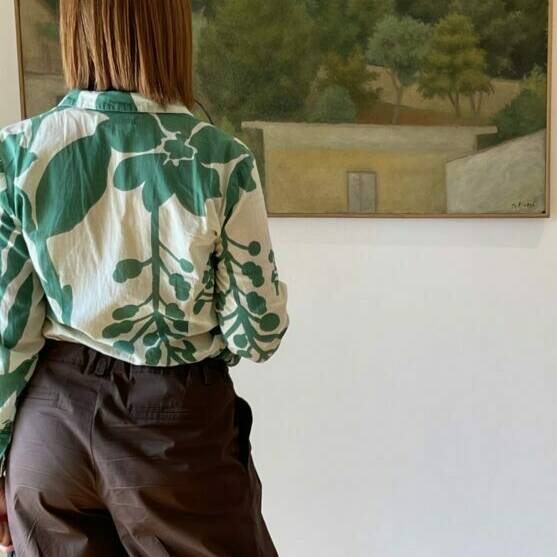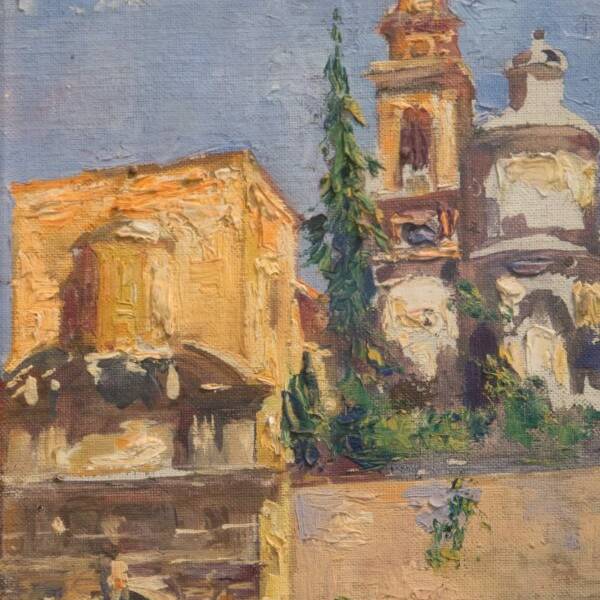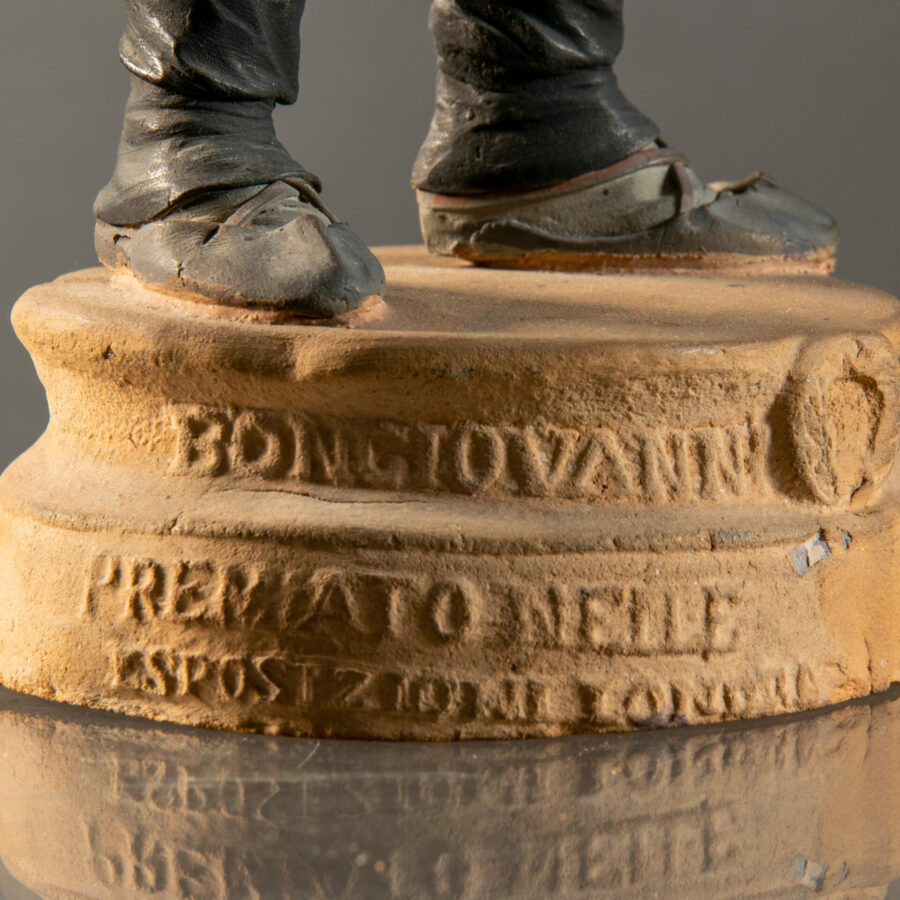Featured artists on Egidi MadeinItaly
Achille Perilli
He took part in the 34th Venice Biennale in 1968, which was the year of great protest, with a room dedicated to him but he closed the room in support of the protests underway.
Adriana Pircherle
Adriana Pincherle was the older sister of writer Alberto Moravia. When her work debuted in 1931, she immediately drew the attention of critic Roberto Longhi.
Afro Basaldella
In 1952, he joined the Gruppo degli Otto ("group of eight") with Emilio Vedova, Renato Birolli, Corpora, Moreni, Morlotti, Santomaso, and Turcato.
Alberto Ziveri
Between 1929 and 1930, he stayed around Parma, where he studied Mantegna, Parmigianino, and Correggio
Andy Warhol
Andy Warhol, the great American artist of 1960s Pop Art.
Angiolo Tommasi
Angiolo Tommasi (Livorno, 1858-1923), Macchiaiolo painter influenced by Silvestro Lega. Rural and social themes, with fluid brushwork. Exhibited in Paris and painted famous portraits.
Antoine-Louis Barye
The biography of Antoine-Louis Barye (Paris 1795 -1875) a famous French sculptor of animals.
Aristodemo Zingarini
A Roman-school painter, Zingarini was born in Rome on January 30, 1878, and died there on November 5, 1944
Armando Spadini
Even after his death, his work became a touchstone for young Roman artists and in 1930, a large exhibition was organized by Pier Maria Bardi at the Galleria di Roma.
Assen Peikov
Bulgarian sculptor who moved to Rome in 1938. He worked in the Via Margutta studio and collaborated with Marcantoni Ceramiche
Attilio Pratella
His landscapes are of real sensitivity; you can find several in the museums of Rome and Budapest
Bongiovanni and Vaccaro
The success of the Bongiovanni Vaccaro-workshop was a driving force for other craftsmen who, during the nineteenth Century, specialized in this particular subjects that were ‘the only singular and heartfelt manifestation of art that Caltagirone ceramics offers us in the second half of the XIX century’










